"CHRISTMAS" : "THE DECORATIONS"

There
is something
about
"CHRISTMAS"
(or so I am told),
That elicits the "child"
in even the eldest of "old".
It begins in the autumn with that nip in the air ...
And a "twinkle" to the eye shining forth here and there.
Could it be the emerging
"CHRISTMAS DECORATIONS"
are behind these
magical
(and delightful)
'autumnal' alterations??
I recall once an evergreen tree outside in the snow.
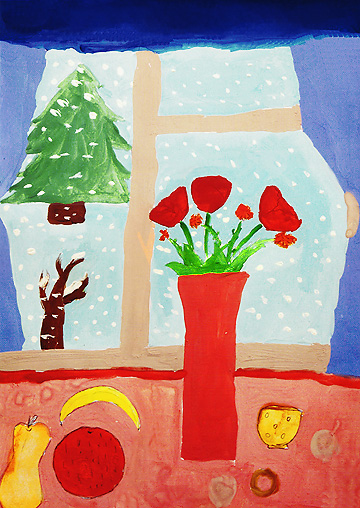
Its 'green' had grown lonely - sadly lacking in 'glow'.
So we moved it inside
Put colored stars and little glass balls
In its coarse 'needle-y' hair.
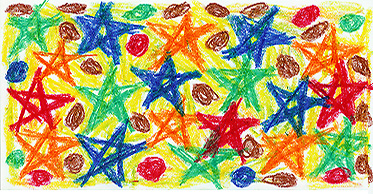
Suddenly this small tree was radiant and proud,
And echoed right back
Our excitement, giggles - our laughter out-loud :
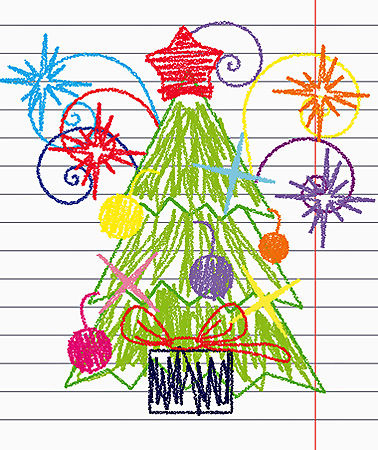
Yet yearly, when I encounter an adorned"Christmas Tree",
Reborn is this magic of anticipation, of glee,
The"twinkle of Christmas",
It’s shining "delights past" ... plus those "still to be"!
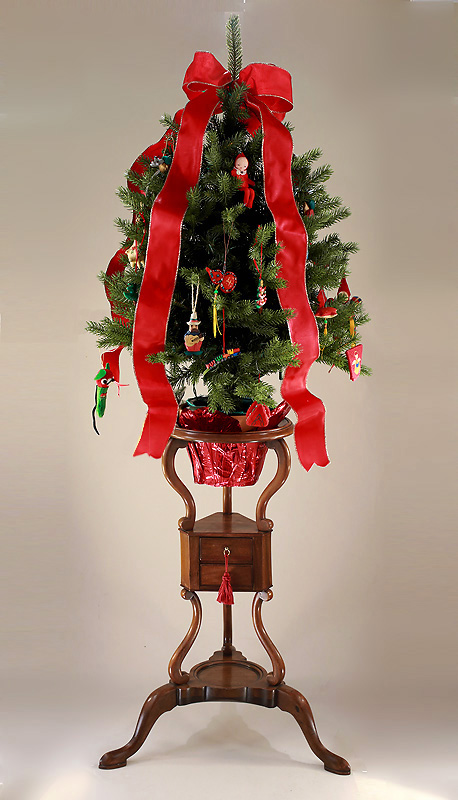
Good George II Mahogany Basin Stand
England, c1750-60
Provenance : Alfred Bullard, London and Philadelphia Apter-Fredericks, Ltd., London
(Bearing labels for both ; with Apter-Fredericks receipt)
I just mentioned "FIREPLACE" - next! on this list,
To be decorated over and under,
Not a spot should be missed!
Of course, hang some stockings
"'neath the chimney with care"
With warm thoughts of St. Nicholas ...
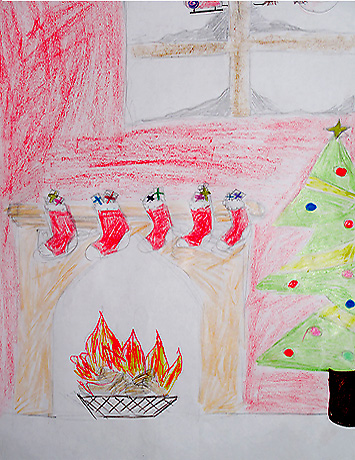
... AND HIS "SPECTACULAR FARE" :
And extending the fire's warmth on this frosty morn
Might be a fanciful brass footman to keep small bottoms warm:
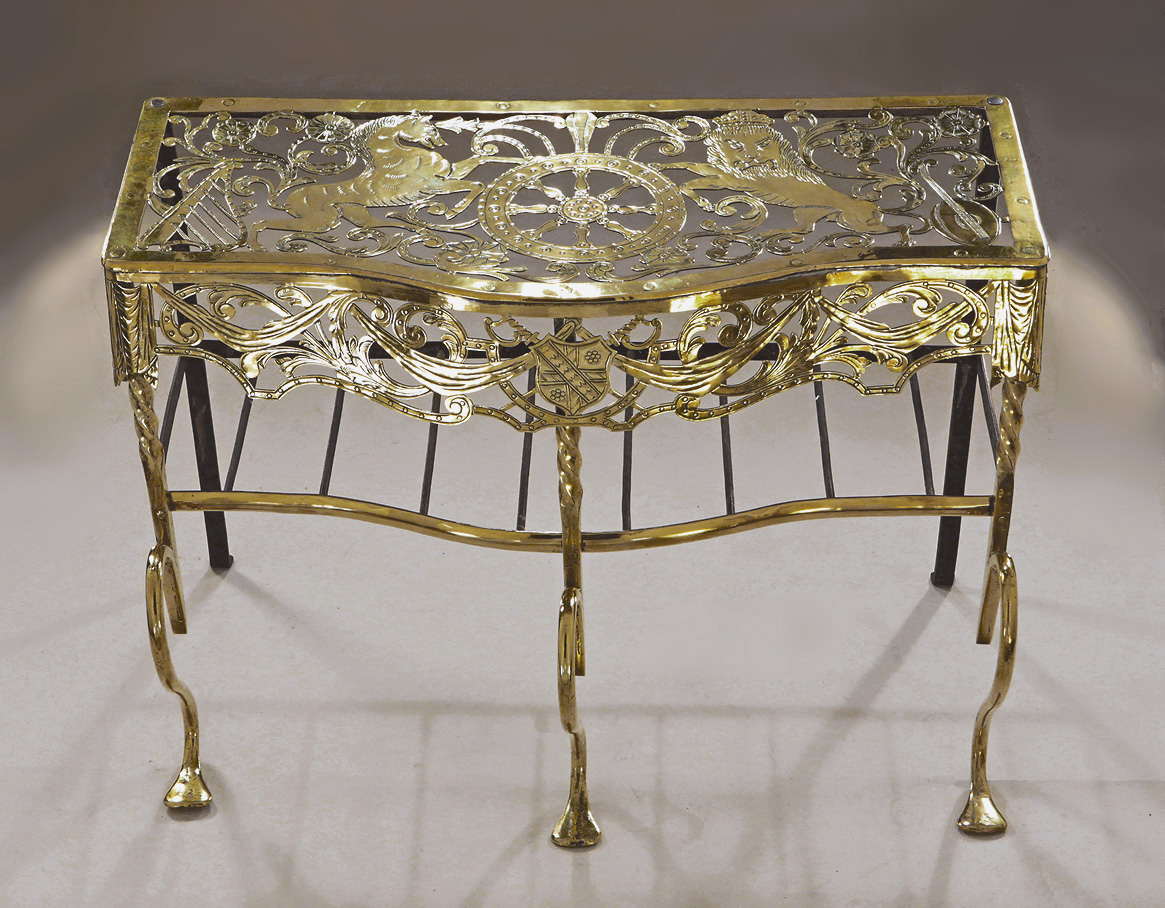
A Fine George II Pierced Brass Serpentine 2-Tier Footman
England, c1750
Originally used for warming food and plates,
the footman is also good for warming bodies in the chill of December.
A footman with only a differing pseudo coat of arms is illustrated
in "Domestic Metalwork,1640-1820", Gentle & Feild, p.352, stating
the design of heraldic lion, unicorn and harp indicate that
this footman was made for a government official or courthouse.
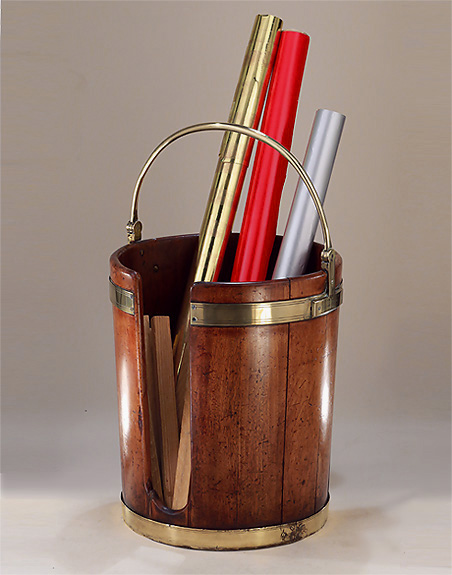
George III Brass-Bound Mahogany Plate Bucket
England, c1770
Another 18th century method of warming plates by the fireplace,
these coppered mahogany buckets are equally useful for holding kindling,
Christmas trees, and even wrapping paper!
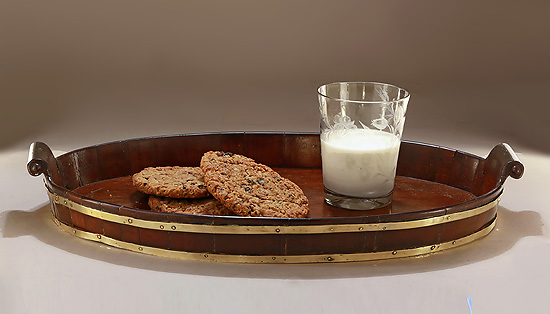
A George III Brass-Bound Small Mahogany Oval Tray
England, c1770,
Attributed to Gillows, and
A Rare Large George III Jacobite Interest Engraved Glass Beaker
England, c1765-75
In Ireland however, children leave for Santa mince pies and pints of Guinness
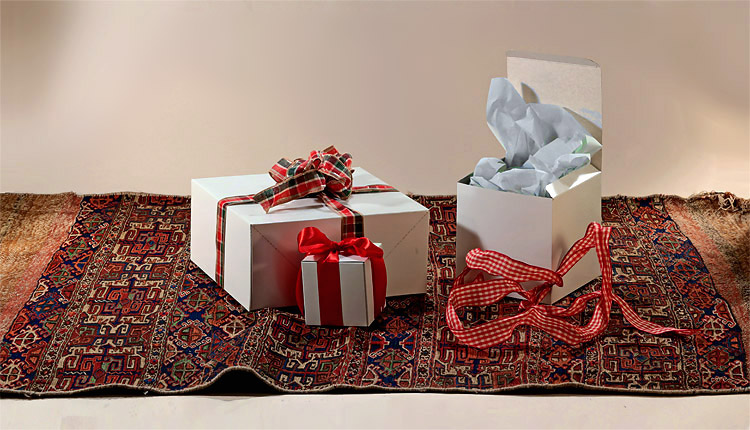
Antique Bidjar Sumak with Original Long Kilim Endings
Persia c 1900
A rare and fine rug, and of excellent quality and fine flat-weave,
perfect for the before-the-fireplace rug,
and for opening Santa's gifts!
Whilst the stump of a pipe St. Nick held in his teeth,
"The smoke it encircled his head like a wreath":
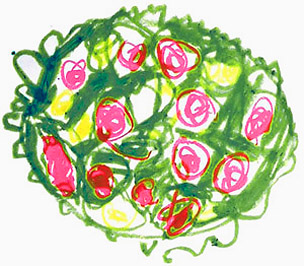
The wreath : Evergreen branches, symbolizing "resilience and hope",
entwined in the circle of "eternity"
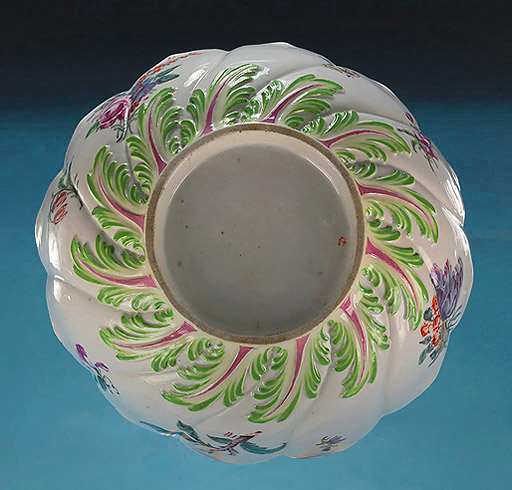
Rare Chelsea Porcelain Red Anchor Spiral Moulded Polychrome Bowl
London, c1755, Red Anchor Mark. 7.25" Diameter

The base with spiral moulding forming a green and puce
"wreath" of upright evergreen acanthus leaves.
A white lobed saucer with "swirling acanthus leaf moulding underneath", 1750-52,
resides in the Salisbury and Wiltshire Museum (Plate #56, Chelsea Porcelain, Elizabeth Adams).
Homes dressed "seasonally with evergreen branches” are a tradition dating to the Roman era.
The "GREEN" recalled "life" during cold dark winter nights.
During the 16th century in Germany, these evergreen branches became
entire "inside evergreen trees".
Also, in the 16th century, German glass blower Hans Greiner (1550–1609)
began making glass fruit and nut ornaments, with silver or mercury embellishment.
That led to garlands of glass beads and tin figures, to be strung around the trees.
And those beads, in time,* became the colored glass balls we know today.
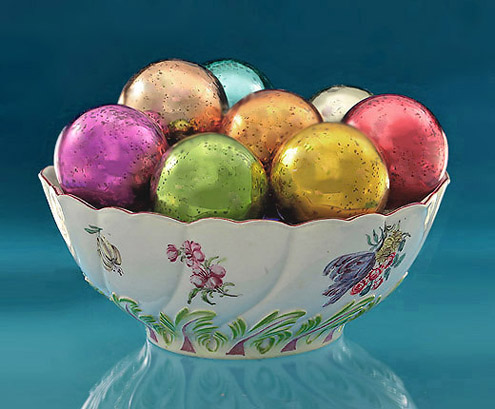
Rare Chelsea Porcelain Red Anchor Spiral-Moulded Polychrome Bowl
7.25" Diameter
The bauble (or ball) colors still refer to winter greens and flora :
GREEN, holly or mistletoe; RED,seasonal berries; GOLD, the sun,
BLUE, the sky, heaven, or Mary.
White and silver have various other meanings.
"He had a broad face and a little round belly,
That shook, when he laughed like a bowlful of jelly."
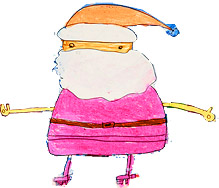
A traditional Irish Christmas Eve custom is to place
in a front window of the house
a lighted candle, traditionally a red candle.
However, white candles were also used.**
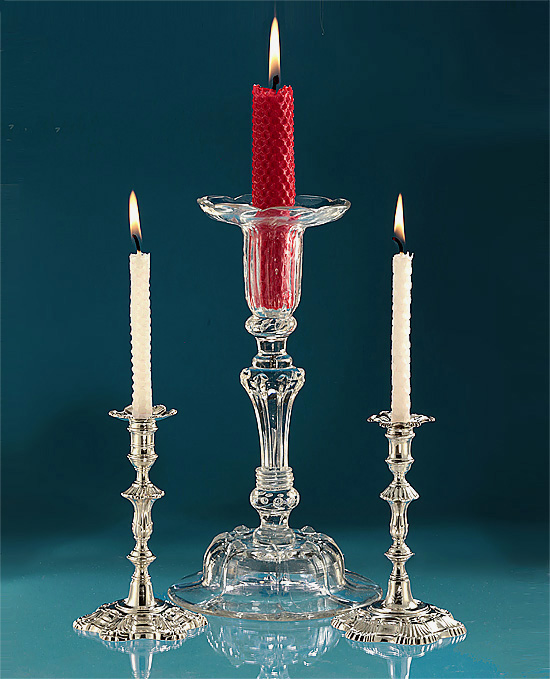
Rare Large George II Composite Stem Glass Candlestick
England, c1740
sided by
Two Georgian 'Sexfoil' Silver Tapersticks :
William Gould, London, 1760,
and John Cafe, London, 1756
Soon after dark, the candle was lit by the 'youngest' child -
preferably named "Mary" or "John" - and not extinguished until after midnight.
The custom began in the 1600s, as British laws opposed Catholicism.
A lit candle in the window and a door unlocked
showed priests offering mass, and anyone on a journey,
that the house was open and welcoming to them.
The candle also stood as a prayer for the safe return of those who were absent.
Long, long before Dasher and Dancer, 'ere Donner and Blitzen,
The "reindeer of old" held a most sacred position :
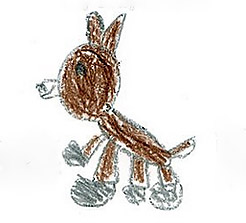
In many European cultures, the deer has been synonymous with the delivery of a
message of "great change", including "Christmas", and the "winter solstice".
In many Eastern cultures, the deer represents "beauty, prosperity, and eternal life".
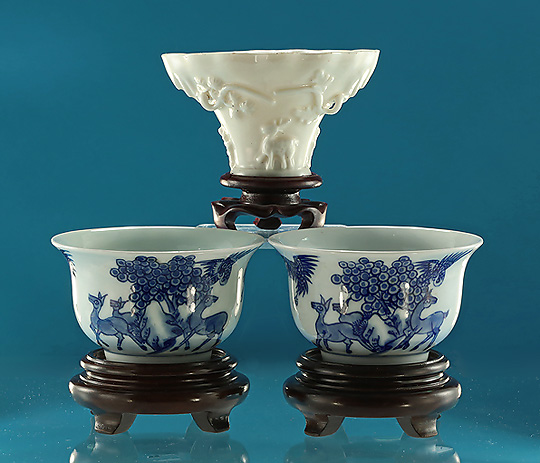
Pair of Kangxi "Deer & Crane" Cups
China, c1662-1722
Late Ming / Early Kangxi Dehua Libation Cup, relief mounded with Deer & Chilong
China, c1640-1680
The deer with cranes represents "harmony and new life".
The chilong, or 'hornless dragon'. represents "good luck, strength".
Also with Christmas comes the tradition - and the aroma - of "gingerbread" -
as muffins, small men with outstretched arms, and various shapes, from ...
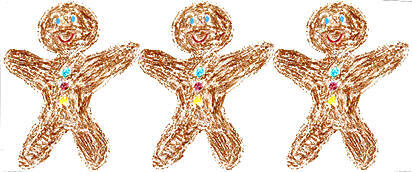
The Historic Gingerbread Wooden Moulds :
During the 15th and 16th centuries, European artisans capable
complex woodcuts and engravings were often enlisted by
Royals to design and carve "gingerbread moulds" to support their political positions.
In 1487, Emperor Frederick III, to increase his public approval, ordered
4000 gingerbread cookies with his image to give to the children of his domain.
And in the late 1500s, Queen Elizabeth I, as a symbol of affection,
commissioned life-sized gingerbread sculptures of her Royal guests of honor.
Both introduced the "human form" to already-ancient gingerbread. ***
During the 17th century, "mould cutters" strove to further perfect these rich images,
carved in detailed shallow relief. These moulds became highly prized heirlooms
handed down through the centuries, from mother to daughter, as part of her dowry.
Most of the carvings of that period are now in European museums or large private collections.
In German tradition, nutcrackers were considered a symbol of "good luck",
and would "scare bad spirits from the home". They soon became popular as gifts, and
began to be associated with the Christmas season :
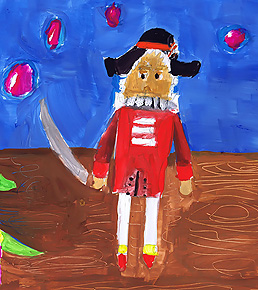
"The Nutcracker and the Mouse King"
is a story written in 1816 by Prussian author E. T. A. Hoffmann,
and set on Christmas Eve.
Young Marie Stahlbaum's favorite Christmas toy, the "Nutcracker",
comes alive and, after defeating the evil Mouse King in battle,
whisks her away to a magical kingdom populated by dolls.
In 1892, the story was set to music as a ballet by Pyotr Ilyich Tchaikovsky.
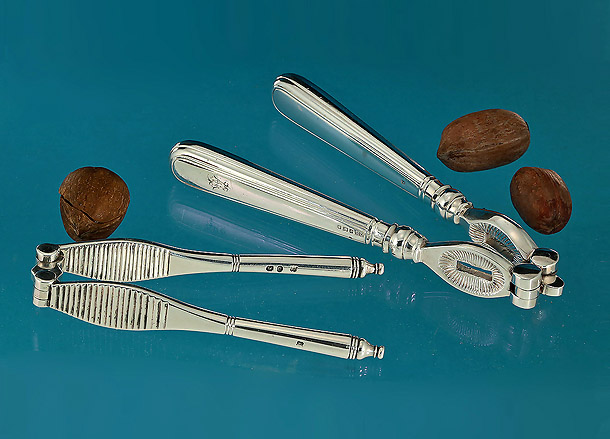
Scarce Pair of George III Silver Nutcrackers
Phipps & Robinson, London 1802
&
A Good Pair of George V Silver Reversible Nutcrackers
George Howson (Harrsion Bros.& Howson), London, 1926
CHRISTMAS!
The season grows near...
One of reverence, anticipation,"twinkle"... and memorable cheer!
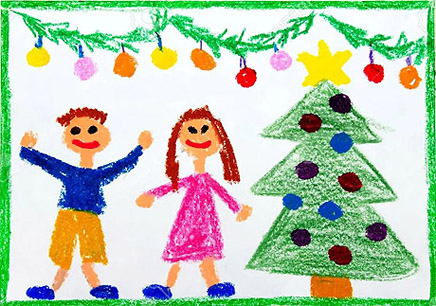
This Christmas we have featured the drawings and paintings of young children.
May their exuberance and spontaneity of expression
recall for each of us a bit of that childhood excitement we knew as
we once awaited Christmas ... and Santa's arrival on our own rooftops.
Additional Notes of Interest :
* By the 1800s, several glassworks in the Lauscha, Germany area also began to produce
glass decorations, creating moulds of animals, famous saints and children.
When these were discovered by F.W. Woolworth on an 1880 visit to Germany,
he "reluctantly" agreed to buy a box of 144 Christmas decorations.
They sold out in just a few hours.
**
"Don't blow the tall white candle out
But leave it burning bright,
So that they'll know they're welcome here
This holy Christmas night"
Traditionally the Irish Christmas candle was red, and arranged with holly sprigs.
However candles of white were also used,
as described in the Irish poet Sigerson Clifford's ballad, "The Kerry Christmas Carol".
White candles
symbolized hope, happiness and the purity of Christ's pure love.
In some parts of Ireland, it was traditional to have a 'Yule Candle' instead of a 'Yule Log'.
*** The first known recipe for gingerbread came from Greece, c2400 BC.
Chinese recipes were developed during the 10th century
In the late 10th century, Armenian monk Gregory Makar (Gregory of Nicopolos),
brought gingerbread to France.
And in the 12th century, the sweet bread traveled into Poland, thence across Europe,
inspiring gingerbread festivals and events, carving guilds and artisan gingerbread trades.
"Gingerbread houses are said to have originated in Germany during the 16th century,
and became associated with Christmas tradition.
They gained greater popularity when the Brothers Grimm wrote the story of Hansel and Gretel
(pub. 1812), in which Hansel and Gretel stumble upon a house deep in the forest -
made entirely of treats.
Even the Hansel and Gretel story reportedly originated c1315 AD in the Baltic region.
The Christmas illustrations by children, in crayon, marker, and gouache :
Creative Commons; and by lease through Alamy, Shutterstock and Dreamstime
Text with a few familiar allusions to "The Night Before Christmas",
Clement Clarke Moore, Published December 23, 1823
Inventory Images : Millicent F. Creech
NOW ALSO ONLINE :
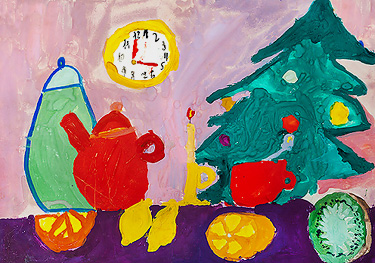
Christmas :"The 'Do's' & The Dinners"
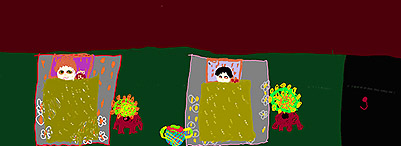
Christmas : "Don't Open 'til December 25th"
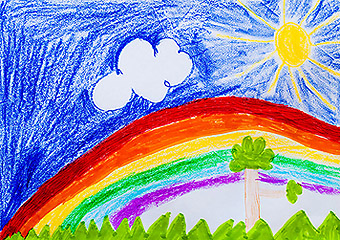
It's Christmas!
|